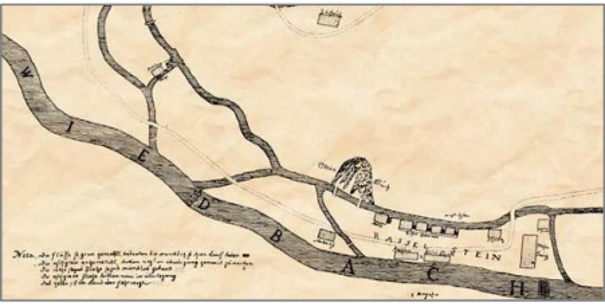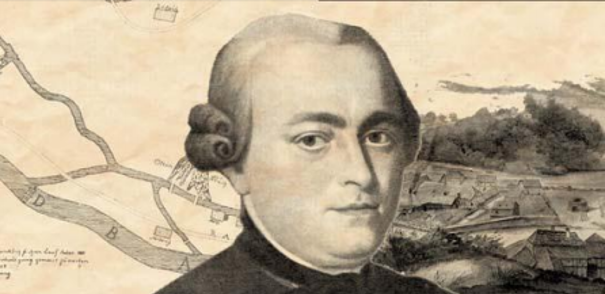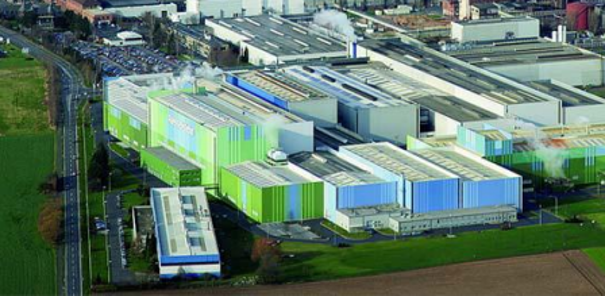History
Milestones of the thyssenkrupp Rasselstein history
thyssenkrupp Rasselstein's origins go back to the year 1760 - a company history of over 250 years. Rasselstein was the name of an adjoining quarry in Neuwied and still stands for the only packaging steel manufacturer in Germany.
1655

An ironworks "near Rasselstein" is mentioned for the first time in official documents. "Rasselstein" was the name of an adjoining quarry.
1760

The entrepreneur Heinrich Wilhelm Remy leases the Rasselstein facility on the Wiedbach creek, as well as the sheet metal factory on the Aubach with the associated tinworks. In the years that follow, the company gains high renown as a pioneer in iron and steelmaking.
1769
The first German sheet rolling mill is commissioned at Rasselstein.
1784
Carl Wilhelm Remy, successor to Heinrich Wilhelm Remys, buys the Rasselstein site from 1787 on.
1835
Rails for the first German steam railway line from Nuremberg to Fürth are rolled at Rasselstein.
1856
Tinplate manufacturing is resumed at Rasselstein, which has since built a continuous reputation as a tinplate supplier.
1862
Rasselstein becomes a founding member of the Tinplate Merchants' Bureau.
1883
The first small-scale Bessemer converter is commissioned in Germany.
1887
With the last blow-off of its blast furnace, Rasselstein discontinues its ore smelting operations.
1893
Steelmaking is brought up to date with the commissioning of two open-hearth furnaces to replace the Bessemer converter.
1916

Buisness relations with the merchant Otto Wolff are initiated under an exclusive sales agreement.
1921
The strip mill "Remy, van der Zypern & Co." starts production at Andernach.
1923
Otto Wolff acquires a one-third stake in Rasselstein and joins the Supervisory Board.
1934
Otto Wolff becomes the majority shareholder and is appointed Chairman of the Supervisory Board. The world's first electrolytic tin plating line is commissioned. The event makes the birth of tinplate as an advanced packaging material.
1938
Rasselstein is now wholly owned by the Otto Wolff group. Wide strip cold-rolling operations are launched on a reversing mill at Andernach.
1951
The Rasselstein/Andernach AG steel and rolling mill is re-established.
1953
A three-stand tandem mill for tinplate is put into operation at Andernach.
1954
Electrolytic wide strip tinplating os commenced.
1955
The company commissions Europe's first horizontal-type continuous strip annealing furnace for wide strip.
1958
Thyssen acquires a 25% share in the company, whose capital stock is increased by DM 29 million to DM 56 million.
1959 - 1962
Hot rolling operations are shut down at Neuwied.
1960
The first five-stand tandem cold-rolling mill in Germany comes on stream.
1962
Thyssen raises its stake in Rasselstein to 50 percent.
1966
Europe's first electrolytic chronium coating line comes on stream.
1972
The first six-stand tandem cold-rolling mill in Europe is successfully commissioned.
1975
A vertical-type continuous strip annealing line is put into operation.
1981
A sheet printing capability is developed to increase manufacturing depth.
1984
The No. 4 continuous annealing line is commissioned.
1990
Thyssen acquires the Otto Wolff Group. A wide strip coating plant is erected for lacquer and film coating of strip.
1995
Rasselstein Hoesch GmbH is formed by merging the tinplate operations of Rasselstein AG and Krupp Hoesch Stahl AG.
1998
A laser welding machine for tinplate is commissioned.
2004
Rasselstein Hoesch GmbH renamed Rasselstein GmbH.
2005

An increase of capacity results in the world's largest production site for tinplate.
2012
Rasselstein GmbH renamed ThyssenKrupp Rasselstein GmbH.
